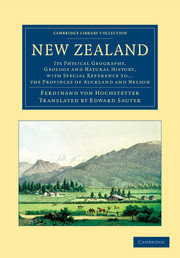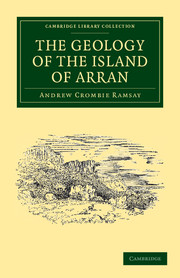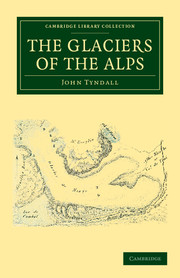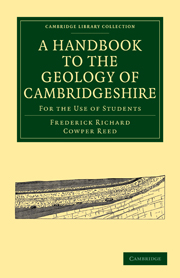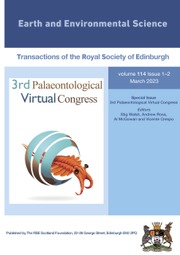New Zealand
Inhabited by Polynesians since the thirteenth century and discovered by Europeans in the seventeenth, New Zealand is a geologically diverse island group where active volcanoes and frequent earthquakes have resulted in a rich variety of rock formations and geothermal activity. In 1859–60, the geologist Ferdinand von Hochstetter (1829–84) was employed by Auckland's government to undertake the first systematic geological survey of the islands, the results of which were first published in German in 1863 and translated into this English version in 1867. Hochstetter describes his travels across New Zealand, his encounters with native people and his scientific observations. He analyses plants, wildlife and fossils, describes mountains, rocks and boiling springs, and evaluates evidence of glaciers and tectonic activity. As a result of Hochstetter's work, several species in New Zealand were named after him. This book remains a valuable resource in the history of Australasian natural science.
Product details
June 2013Paperback
9781108059657
574 pages
244 × 170 × 29 mm
0.9kg
105 b/w illus. 9 colour illus. 2 maps
Available
Table of Contents
- Preface to the German edition
- Preface to the English edition
- 1. Nine months in New Zealand
- 2. New Zealand, physical structure
- 3. Geology and palaeontology
- 4. The mineral riches of New Zealand
- 5. Gold
- 6. The flora
- 7. The New Zealand pine and the New Zealand flax
- 8. The fauna
- 9. Kiwi and moa
- 10. The Maoris
- 11. The isthmus of Auckland
- 12. The north shore
- 13. Round the Manukau harbour and to the mouth of the Waikato river
- 14. On the lower Waikato
- 15. The Waipa and the west coast
- 16. From the Waipa through the Mokau and Tuhua districts to Lake Taupo
- 17. Lake Taupo, Tongariro and Ruapahu
- 18. Ngawhas, and puias, boiling springs, solfataras and fumaroles
- 19. The east coast from Maketu to Tauranga, and return to Auckland
- 20. Nelson
- 21. The southern alps.

